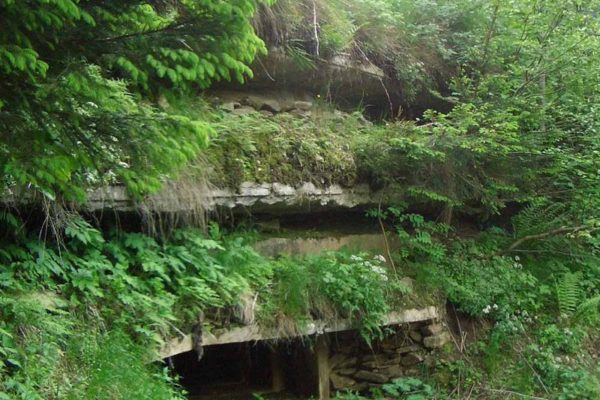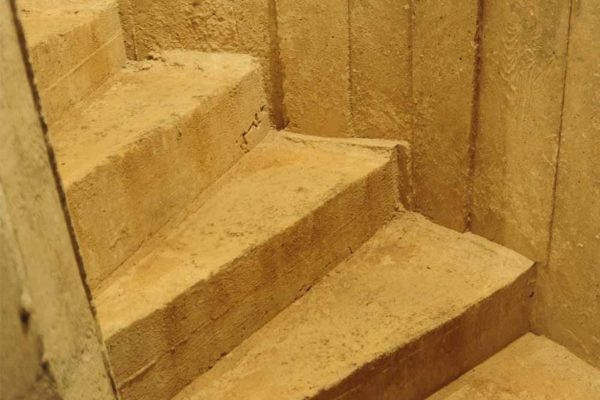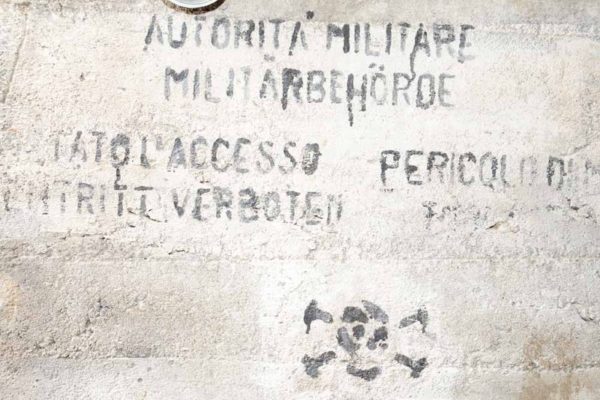The Bunker
The bunker, today’s Bunker Museum, was part of the fascist Alpine Wall (Vallo Alpino del littorio). This was supposed to secure the direct border to the German Reich after 1938. There are overall 6 bunker complexes in Hinterpasseier. They were designed as the first line of defence against the Timmelsjoch Pass. The construction works for the fortifications were discontinued in 1942 before they were completed and the buildings were never put into operation.
The tunnels and corridors of the bunkers “opera 3 – sbarramento di Moso” were intended for multiple use: as a defence bunker for machine-gun positions, as a protective bunker for the occupants of the Moso barracks and as a command bunker for co-ordinating the remaining positions.
At the edge of the Moos/Moso village centre, a substantial tunnel was blasted in the rock for storage rooms and accommodation. The three remaining machine-gun pits were protected by a seven-metre thick, “bomb-proof” concrete bunker head. The two levels are connected inside the rock by a spiral stairway over approx. 25 m high. The conversion to a museum did not change this impressive structure and can now be accessed by visitors. A viewing platform at the top of the bunker is the reward for climbing the narrow stairs, gangways and chambers.






